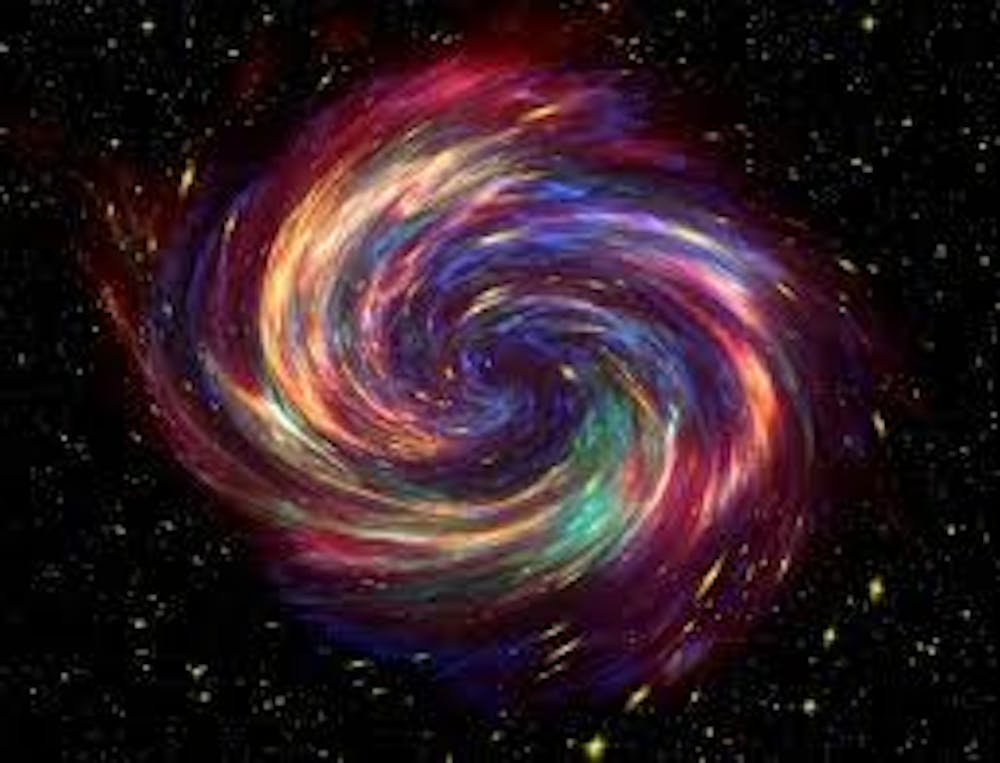Over the past few decades, there has been an explosion of interest in what lies beyond our planet, our solar system and even our galaxy. What we know is that there is a plethora of phenomena that occur outside our limits of exploration for which we have no explanations.
One of the events that we do have an understanding of is the supernova, which involves the explosion of a massive star. These massive stars are comprised of at least five times the amount of mass contained in our sun and are fueled by burning large quantities of nuclear fuel at their cores. The burning creates a hot core that generates an expanding force of pressure normally equivalent to the force of gravity pushing in on the core, which therefore prevents the collapse of the star by counteracting the condensing nature of gravity. Eventually, a star depletes all its hydrogen and helium nuclear fuel and cools off, causing the outward pressure to drop and gravity to do its job in a very short period of time. The intensity of the collapse gives off large-scale shock waves that expel the outer portion of the star, leaving a dense core and a nebula, which is an expanding cloud of hot gas. Supernova explosions produce large amounts of energy that are given off in the form of light.
Ultra-stripped supernova are a rare and faint class of supernovae thought to contribute to the formation of binary neutron star systems. The collision of two neutron stars produces heavy elements as well as gravitational and electromagnetic waves. One such collision was observed back in August 2017; however, the conditions surrounding the occurrence were not clear. Scientists were puzzled over how two neutron stars would be able to form close enough to ultimately spiral into each other and collide.
The dense core left behind following a supernova is termed a neutron star. Therefore, a neutron star binary system’s beginning must be as a binary system of two massive stars, but this theory comes with a problem: The supernova explosion of the second massive star is thought to expel most of the remaining mass, destabilizing the system and making it impossible to form a neutron star binary system.
A team of researchers from the National Astronomical Observatory of Japan (NAOJ) proposed a hypothesis that detailed an “ultra-stripped“ version of stars and supernovae that fit with the formation of the neutron star binary system. They propose that when the first massive star collapses, it strips away the outer layer of its neighboring star, creating an “ultra-stripped” star. When the second star collapses into a supernova, it has less matter to eject, and the system remains stable.
Takashi Moriya, one of the researchers on the team, simulated the light that would result from ultra-stripped supernovae and predicted that there would be less explosion energy than normal supernovae. This results in a brightness peak at five to 10 days after an explosion and a diffuse helium envelope around an ultra-stripped supernova.
A separate team of scientists led by Kishalay De, a graduate student at the California Institute of Technology, then took the conclusions of the simulation and matched the speculations with supernova iPTF14gqr from the data archive of the intermediate Palomar Transient Factory (iPTF).
“This is the first clear detection of a supernova which can result in the formation of a binary neutron star system,“ Moriya said in a press release. “In addition to the observations of binary neutron stars by gravitational and electromagnetic waves, the detections of ultra-stripped supernovae will play an important role in understanding the birthplace of elements.”





